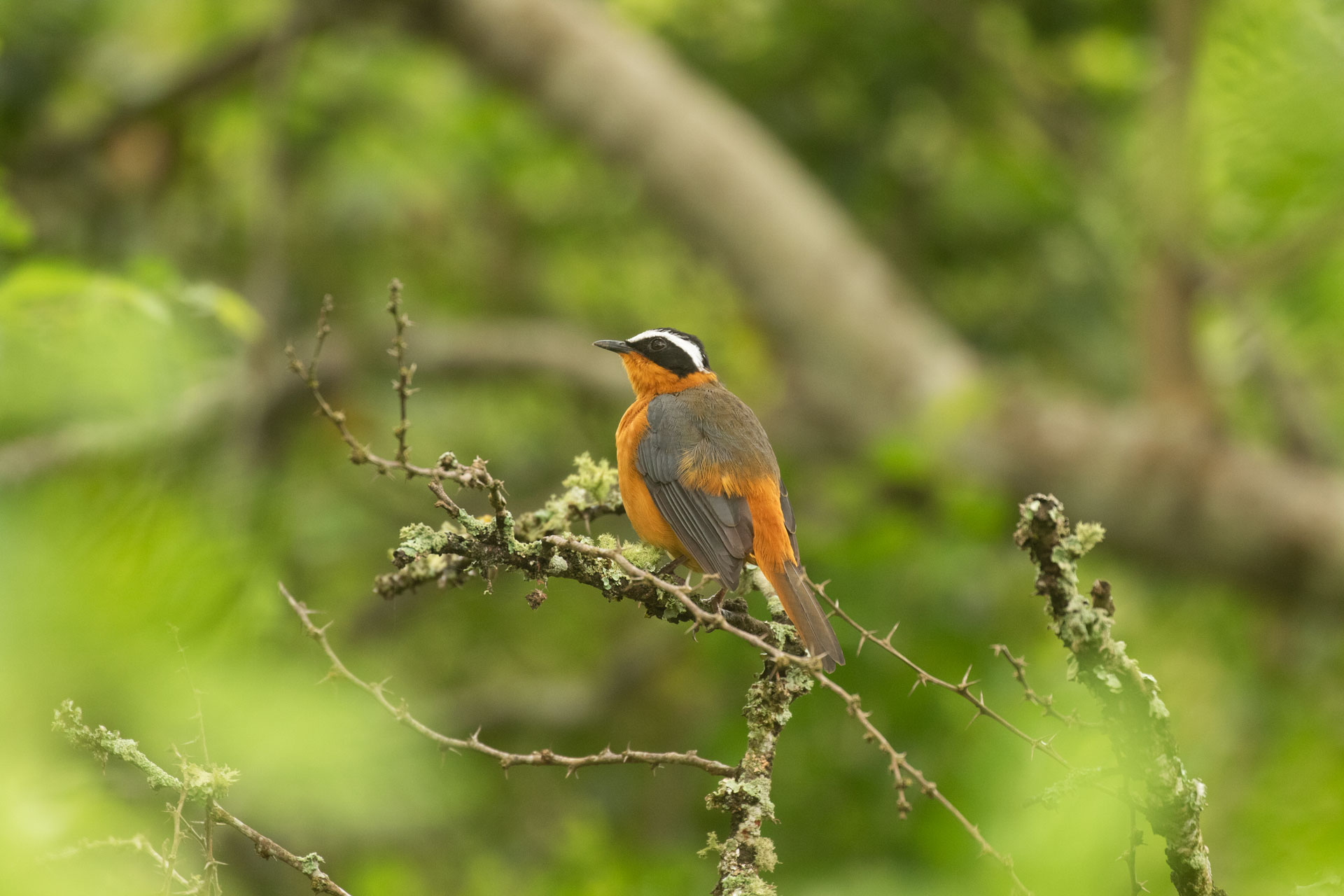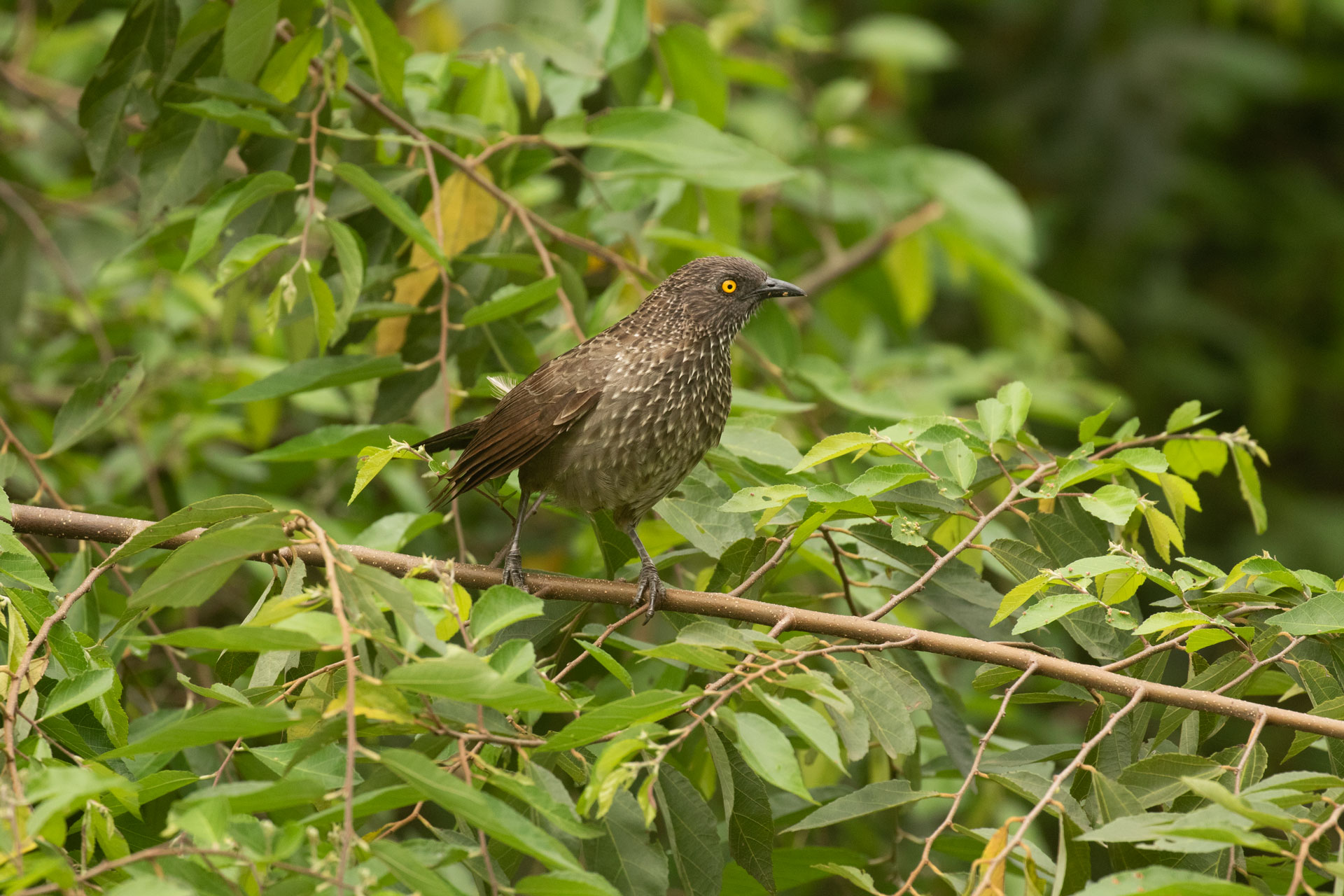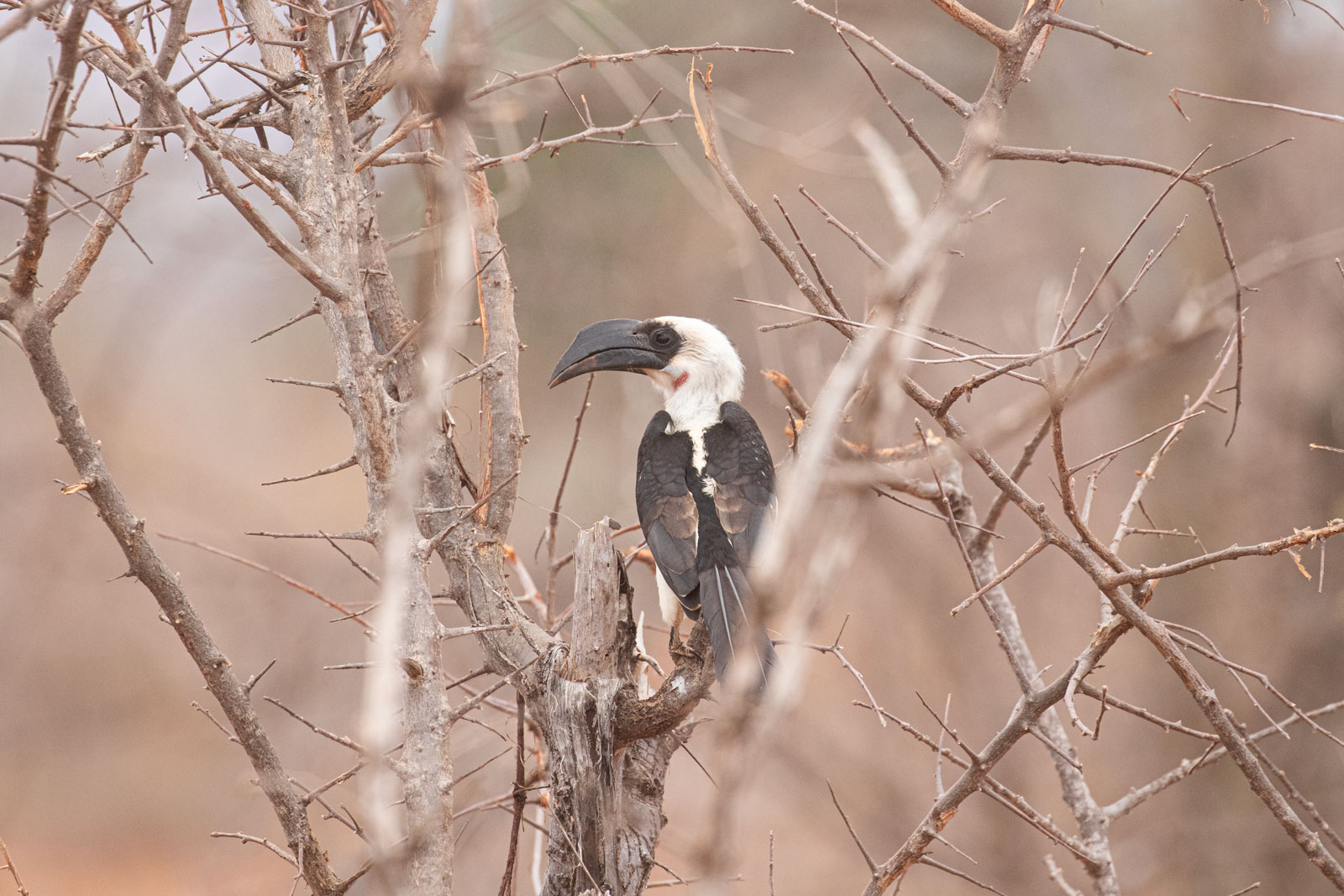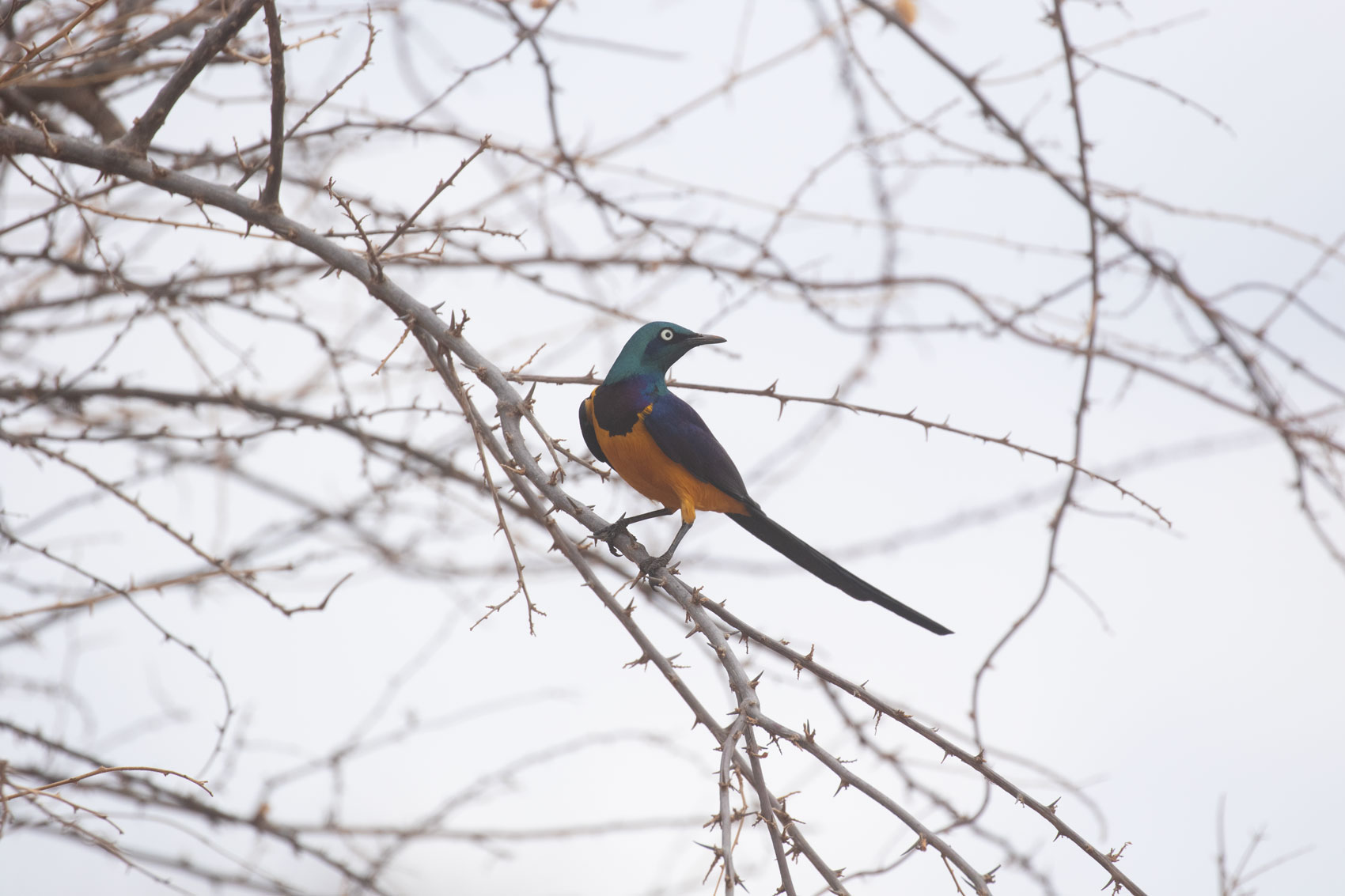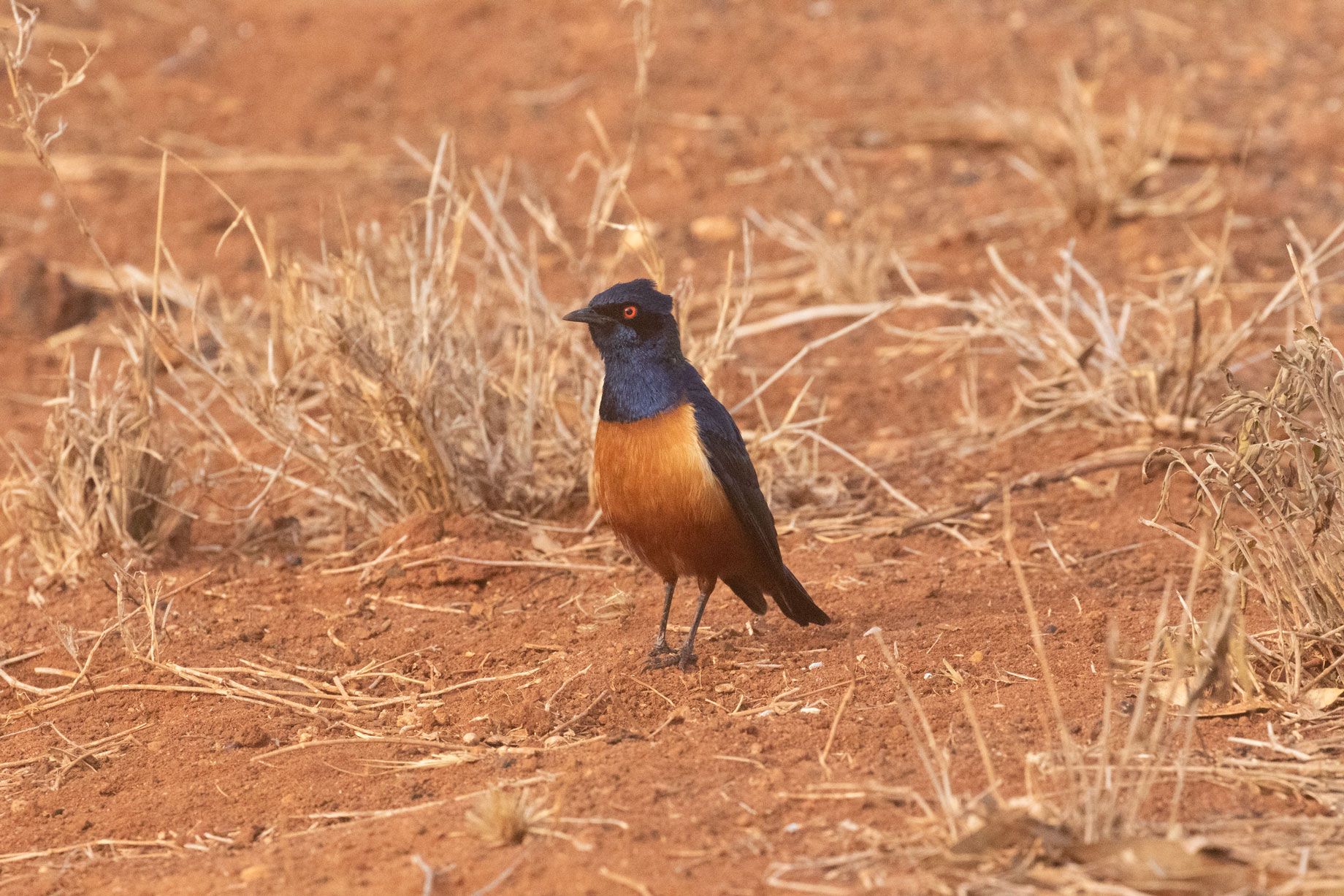[vc_row][vc_column][vc_row_inner][vc_column_inner width=”1/3″ css=”.vc_custom_1650459971223{background-color: #544f46 !important;}”][fancy_heading h1=”0″ title=”Number of Days”]14 Days[/fancy_heading][/vc_column_inner][vc_column_inner width=”1/3″ css=”.vc_custom_1650459987538{background-color: #ffffff !important;}”][fancy_heading h1=”0″ title=”Category”]Tanzania Birding[/fancy_heading][/vc_column_inner][vc_column_inner width=”1/3″ css=”.vc_custom_1650459979829{background-color: #544f46 !important;}”][fancy_heading h1=”0″ title=”Best Time”]May, September, November – March[/fancy_heading][/vc_column_inner][/vc_row_inner][vc_row_inner css=”.vc_custom_1650976525048{margin-top: 20px !important;background-color: #ffffff !important;}”][vc_column_inner][vc_custom_heading text=”30 Days Birding Tanzanian endemics” font_container=”tag:h1|font_size:35px|text_align:center|color:%23000000″ use_theme_fonts=”yes”][/vc_column_inner][/vc_row_inner][vc_row_inner css=”.vc_custom_1650976531341{margin-top: 20px !important;margin-bottom: 40px !important;background-color: #ffffff !important;}”][vc_column_inner width=”1/2″][vc_column_text]
The Southern Highlands of Tanzania are a biodiverse and ecologically rich region, known for its unique plant and animal species, as well as its stunning landscapes. This area is a popular destination for nature enthusiasts, birdwatchers, and wildlife photographers
[/vc_column_text][/vc_column_inner][vc_column_inner width=”1/2″][vc_custom_heading text=”STRONG POINTS” font_container=”tag:h3|font_size:25px|text_align:left|color:%23000000″ use_theme_fonts=”yes”][vc_column_text]
- Birding
- Wild Life Encounters
- Cultural Encounters
[/vc_column_text][/vc_column_inner][/vc_row_inner][/vc_column][/vc_row][vc_row][vc_column width=”2/3″ css=”.vc_custom_1691477945267{padding-top: 20px !important;padding-right: 10px !important;padding-bottom: 20px !important;padding-left: 10px !important;background-color: #f7ebdd !important;}”][vc_custom_heading text=”Southern Highlands Endemics and Specialities Detailed Itinerary” font_container=”tag:h2|font_size:20px|text_align:left|color:%23000000″ use_theme_fonts=”yes”][vc_column_text]
Day 1-2: Arusha
- Arrive in Arusha, the gateway to the Southern Highlands.
- Visit Arusha National Park to see various wildlife species, including giraffes, zebras, and colobus monkeys.
- Explore the Momela Lakes and enjoy picturesque views of Mount Meru.
Day 3-4: Tarangire National Park
- Head to Tarangire National Park, known for its large elephant populations.
- Witness the unique baobab trees and diverse birdlife.
- Look out for special bird species like Yellow-collared Lovebird, Ashy Starling, and Rufous-tailed Weaver.
Day 5-7: Ngorongoro Conservation Area
- Visit the Ngorongoro Crater, a UNESCO World Heritage Site and home to a variety of wildlife, including the Big Five.
- Explore the highlands surrounding the crater, where you might spot species like Mountain Reedbuck and Malachite Sunbird.
Day 8-10: Udzungwa Mountains National Park
- Travel to the Udzungwa Mountains, a biodiversity hotspot with numerous endemic species.
- Hike through lush forests, discovering unique flora and fauna, such as the Udzungwa Partridge, Iringa Red Colobus, and Sanje Mangabey.
Day 11-12: Ruaha National Park
- Journey to Ruaha National Park, known for its rugged landscapes and diverse wildlife.
- Keep an eye out for the African Hunting Dog and Greater Kudu.
- Enjoy game drives and explore the Great Ruaha River, a prime wildlife viewing area.
Day 13-14: Mikumi National Park
- Travel to Mikumi National Park, which serves as a transition between the Southern Highlands and the coastal ecosystems.
- Encounter species like Lichtenstein’s Hartebeest and African Wild Dog.
- Enjoy a mix of game drives and leisure time, taking in the beauty of the region.
Throughout your journey, you’ll have the opportunity to see a wide variety of bird species, some of which are endemic to the Southern Highlands. Some notable endemic and specialty birds you might encounter include the Udzungwa Forest Partridge, Moreau’s Sunbird, Kipengere Seedeater, and the Njombe Cisticola.
[/vc_column_text][/vc_column][vc_column width=”1/3″][vc_custom_heading text=”Inquire/Book Uganda Primates Safari” font_container=”tag:h3|font_size:20px|text_align:center|color:%23000000″ use_theme_fonts=”yes” css=”.vc_custom_1676294760087{margin-top: 20px !important;}”][vc_btn title=”ENQUIRE OR BOOK” style=”custom” custom_background=”#4f4a41″ custom_text=”#eedebe” shape=”round” size=”lg” align=”center” link=”url:https%3A%2F%2Fwww.birduganda.com%2Fcontact-bird-uganda-safaris%2F”][vc_column_text css=”.vc_custom_1676296788558{margin-top: 40px !important;}”]
If you’d like to chat about this safari or need help finding one, we’re very happy to help
[/vc_column_text][vc_column_text]
info@birduganda.com
[/vc_column_text][/vc_column][/vc_row]
[vc_row][vc_column][vc_row_inner][vc_column_inner width=”1/3″ css=”.vc_custom_1650459971223{background-color: #544f46 !important;}”][fancy_heading h1=”0″ title=”Number of Days”]14 + 7 Days[/fancy_heading][/vc_column_inner][vc_column_inner width=”1/3″ css=”.vc_custom_1650459987538{background-color: #ffffff !important;}”][fancy_heading h1=”0″ title=”Category”]Tanzania Birding[/fancy_heading][/vc_column_inner][vc_column_inner width=”1/3″ css=”.vc_custom_1650459979829{background-color: #544f46 !important;}”][fancy_heading h1=”0″ title=”Best Time”]May, September, November – March[/fancy_heading][/vc_column_inner][/vc_row_inner][vc_row_inner css=”.vc_custom_1650976525048{margin-top: 20px !important;background-color: #ffffff !important;}”][vc_column_inner][vc_custom_heading text=”30 Days Birding Tanzanian endemics” font_container=”tag:h1|font_size:35px|text_align:center|color:%23000000″ use_theme_fonts=”yes”][/vc_column_inner][/vc_row_inner][vc_row_inner css=”.vc_custom_1650976531341{margin-top: 20px !important;margin-bottom: 40px !important;background-color: #ffffff !important;}”][vc_column_inner width=”1/2″][vc_column_text]
Birdwatching in the Lake Victoria region and northern Tanzania is a fantastic opportunity to explore diverse ecosystems and encounter a wide variety of bird species, including numerous endemics and migratory birds. This overview outlines a 14-day birding itinerary in the Lake Victoria and northern Tanzania region, followed by a 7-day extension to the Usambara Mountains
[/vc_column_text][/vc_column_inner][vc_column_inner width=”1/2″][vc_custom_heading text=”STRONG POINTS” font_container=”tag:h3|font_size:25px|text_align:left|color:%23000000″ use_theme_fonts=”yes”][vc_column_text]
- Birding
- Gorilla Experience
- Wild Life Encounters
- Cultural Encounters
[/vc_column_text][/vc_column_inner][/vc_row_inner][/vc_column][/vc_row][vc_row][vc_column width=”2/3″ css=”.vc_custom_1691477945267{padding-top: 20px !important;padding-right: 10px !important;padding-bottom: 20px !important;padding-left: 10px !important;background-color: #f7ebdd !important;}”][vc_custom_heading text=”Northern Tanzania and Usambara Mountains Specialities Detailed Itinerary” font_container=”tag:h2|font_size:20px|text_align:left|color:%23000000″ use_theme_fonts=”yes”][vc_column_text]
Day 1: Arrival in Entebbe, Uganda
- Arrive in Entebbe, Uganda, and transfer to your accommodation.
- Depending on your arrival time, you may have the opportunity for some initial birdwatching in the local area.
Day 2-4: Lake Victoria Islands
- Explore the Lake Victoria islands, such as Ssese Islands or Ngamba Island.
- Look out for various waterbirds, including herons, egrets, cormorants, and the rare shoebill stork.
Day 5-7: Serengeti National Park
- Cross the border into Tanzania and head to Serengeti National Park.
- Enjoy game drives while birdwatching, spotting species like secretary birds, ostriches, and various raptors.
Day 8-9: Ngorongoro Crater
- Visit the Ngorongoro Crater, a unique habitat with abundant birdlife and a chance to see flamingos in the crater’s lake.
Day 10-12: Tarangire National Park
- Explore Tarangire National Park, known for its large elephant population and diverse bird species.
Day 13-14: Lake Manyara National Park
- Birdwatching in Lake Manyara National Park, which is home to a wide array of birdlife, including tree-climbing lions.
7-Day Extension: Usambara Mountains Day 15: Travel to Lushoto, Usambara Mountains
- Travel to Lushoto in the Usambara Mountains, a biodiversity hotspot.
- Begin birdwatching in the lush forests of the region.
Day 16-18: Birding in Usambara Mountains
- Explore the forests and trails of the Usambara Mountains, home to several endemic species.
Day 19: Transfer to Amani Nature Reserve
- Transfer to Amani Nature Reserve, another birding hotspot in the Usambara Mountains.
Day 20-21: Birdwatching in Amani Nature Reserve
- Spend two full days birdwatching in Amani Nature Reserve, searching for endemic and rare species.
Day 22: Return to Lushoto and Departure
- Return to Lushoto, relax, and prepare for departure.
[/vc_column_text][/vc_column][vc_column width=”1/3″][vc_custom_heading text=”Inquire/Book Uganda Primates Safari” font_container=”tag:h3|font_size:20px|text_align:center|color:%23000000″ use_theme_fonts=”yes” css=”.vc_custom_1676294760087{margin-top: 20px !important;}”][vc_btn title=”ENQUIRE OR BOOK” style=”custom” custom_background=”#4f4a41″ custom_text=”#eedebe” shape=”round” size=”lg” align=”center” link=”url:https%3A%2F%2Fwww.birduganda.com%2Fcontact-bird-uganda-safaris%2F”][vc_column_text css=”.vc_custom_1676296788558{margin-top: 40px !important;}”]
If you’d like to chat about this safari or need help finding one, we’re very happy to help
[/vc_column_text][vc_column_text]
info@birduganda.com
[/vc_column_text][/vc_column][/vc_row]
[vc_row][vc_column][vc_row_inner][vc_column_inner width=”1/3″ css=”.vc_custom_1650459971223{background-color: #544f46 !important;}”][fancy_heading h1=”0″ title=”Number of Days”]21 Days[/fancy_heading][/vc_column_inner][vc_column_inner width=”1/3″ css=”.vc_custom_1650459987538{background-color: #ffffff !important;}”][fancy_heading h1=”0″ title=”Category”]Tanzania Birding[/fancy_heading][/vc_column_inner][vc_column_inner width=”1/3″ css=”.vc_custom_1650459979829{background-color: #544f46 !important;}”][fancy_heading h1=”0″ title=”Best Time”]May, September, November – March[/fancy_heading][/vc_column_inner][/vc_row_inner][vc_row_inner css=”.vc_custom_1650976525048{margin-top: 20px !important;background-color: #ffffff !important;}”][vc_column_inner][vc_custom_heading text=”30 Days Birding Tanzanian endemics” font_container=”tag:h1|font_size:35px|text_align:center|color:%23000000″ use_theme_fonts=”yes”][/vc_column_inner][/vc_row_inner][vc_row_inner css=”.vc_custom_1650976531341{margin-top: 20px !important;margin-bottom: 40px !important;background-color: #ffffff !important;}”][vc_column_inner width=”1/2″][vc_column_text]
Exploring Northern Tanzania for birdwatching over the course of 21 days is an exciting and rewarding adventure. The region is renowned for its diverse avian species and stunning landscapes. The Usambara Mountains, in particular, offer unique and endemic bird species that make it a must-visit destination for birders. Here’s an overview of what you might experience during a 21-day birding expedition in Northern Tanzania, with a focus on the Usambara Mountains’ specialities
[/vc_column_text][/vc_column_inner][vc_column_inner width=”1/2″][vc_custom_heading text=”STRONG POINTS” font_container=”tag:h3|font_size:25px|text_align:left|color:%23000000″ use_theme_fonts=”yes”][vc_column_text]
- Birding
- Gorilla Experience
- Wild Life Encounters
- Cultural Encounters
[/vc_column_text][/vc_column_inner][/vc_row_inner][/vc_column][/vc_row][vc_row][vc_column width=”2/3″ css=”.vc_custom_1691477945267{padding-top: 20px !important;padding-right: 10px !important;padding-bottom: 20px !important;padding-left: 10px !important;background-color: #f7ebdd !important;}”][vc_custom_heading text=”Northern Tanzania and Usambara Mountains Specialities Detailed Itinerary” font_container=”tag:h2|font_size:20px|text_align:left|color:%23000000″ use_theme_fonts=”yes”][vc_column_text]
Days 1-4: Arusha and Lake Manyara
- Start your journey in Arusha, the gateway to Northern Tanzania’s national parks.
- Spend a few days birding in Lake Manyara National Park, known for its tree-climbing lions and abundant birdlife.
- Observe species like Lilac-breasted Roller, Grey Crowned Crane, and various sunbirds and hornbills.
Days 5-8: Serengeti National Park
- Head to the iconic Serengeti National Park, famous for its wildebeest migration and incredible wildlife.
- While birding, look for Secretary Birds, Kori Bustards, and raptors like Martial Eagles.
Days 9-12: Ngorongoro Crater and Conservation Area
- Explore the Ngorongoro Crater and its diverse ecosystems.
- Watch for Crowned Cranes, flocks of flamingos, and raptors in this unique volcanic caldera.
Days 13-15: Tarangire National Park
- Visit Tarangire National Park, known for its large elephant herds and baobab-studded landscape.
- Observe species like Yellow-collared Lovebirds, Southern Ground Hornbills, and various vultures.
Days 16-18: Usambara Mountains
- Proceed to the Usambara Mountains, a biodiversity hotspot with numerous endemic bird species.
- Birding in the Usambara Mountains offers a chance to see Usambara Weaver, African Green Ibis, and more.
Days 19-21: Kilimanjaro and Departure
- Optionally, venture to the foothills of Mount Kilimanjaro for additional birdwatching.
- End your trip with a visit to the Kilimanjaro region, looking for species like Tacazze Sunbird and Alpine Chat.
- Depart from Kilimanjaro International Airport.
During your 21-day journey, you’ll likely encounter hundreds of bird species, both resident and migratory, while also enjoying the breathtaking landscapes and diverse wildlife that Northern Tanzania has to offer. Keep in mind that weather, availability of specific species, and local conditions can impact your birding experience, so it’s a good idea to plan your trip with the help of local birding guides or tour operators who are familiar with the area and its avian inhabitants.
[/vc_column_text][/vc_column][vc_column width=”1/3″][vc_custom_heading text=”Inquire/Book Uganda Primates Safari” font_container=”tag:h3|font_size:20px|text_align:center|color:%23000000″ use_theme_fonts=”yes” css=”.vc_custom_1676294760087{margin-top: 20px !important;}”][vc_btn title=”ENQUIRE OR BOOK” style=”custom” custom_background=”#4f4a41″ custom_text=”#eedebe” shape=”round” size=”lg” align=”center” link=”url:https%3A%2F%2Fwww.birduganda.com%2Fcontact-bird-uganda-safaris%2F”][vc_column_text css=”.vc_custom_1676296788558{margin-top: 40px !important;}”]
If you’d like to chat about this safari or need help finding one, we’re very happy to help
[/vc_column_text][vc_column_text]
info@birduganda.com
[/vc_column_text][/vc_column][/vc_row]
Tanzania one of Africa’s most naturally diverse and biologically rich countries, is a top global birdwatching destination. Home to over 1,100 recorded bird species, including more than 30 endemic or near-endemic species. Tanzania is a birder’s paradise waiting to be explored.
From the flamingo-covered alkaline lakes of the Great Rift Valley to the forested slopes of the Eastern Arc Mountains, the sprawling savannahs of the Serengeti National Park, and the remote coastal islands like Pemba—Tanzania’s wide range of ecosystems supports a staggering variety of birdlife.
Birding in Tanzania is not just a tour—it’s a deep safari experience that lets you connect with nature, observe rare and colorful species in their natural habitats, and gain a new appreciation for avian ecology. Whether you are an ornithologist, hobbyist, photographer, or first-time bird enthusiast, Tanzania offers year-round opportunities for unforgettable bird encounters.
What Makes Tanzania an Exceptional Birding Destination?
1. Diversity of Habitats
Tanzania encompasses a mosaic of natural environments, each supporting its own unique bird communities:
- Savannah plains (e.g., Serengeti, Tarangire)
- Mountain forests (e.g., Usambara & Uluguru ranges)
- Wetlands and lakes (e.g., Lake Natron, Lake Manyara, Lake Victoria)
- Woodlands and miombo forests (e.g., Ruaha, Katavi)
- Mangroves and coastal regions (e.g., Pangani, Zanzibar)
- This ecological richness results in high species diversity, including migratory birds, raptors, waders, and forest specialists.
2. High Endemism and Range-Restricted Species
Tanzania is home to several endemic and near-endemic birds, especially in the Eastern Arc Mountains and offshore islands. Species like the Pemba Scops Owl, Uluguru Bushshrike, Usambara Eagle-Owl, and Rufous-tailed Weaver can only be found in Tanzania or in very limited neighbouring areas.
3. Accessibility of Prime Birding Areas
Unlike many birding destinations worldwide, Tanzania’s top sites are accessible through well-maintained roads or small bush airstrips. You can explore bird habitats without venturing too far off-grid. Many birding areas are also part of popular wildlife safari routes, making it easy to combine game viewing with birdwatching easy.
4. Expert Birding Guides
Birdwatching safaris in Tanzania are enhanced by experienced local bird guides from Bird Uganda Safaris who know the species, calls, and best viewing times. Their keen eyes and knowledge ensure rewarding and educational birding experiences.
5. Year-Round Birding Opportunities
Although birdwatching in Tanzania is possible all year, the wet season (November to April) is considered the prime time for birding due to the influx of Palearctic migrants and active breeding plumage displays.
Top Birding Locations in Tanzania – Where to Go for the Best Birding Experience
1. Serengeti National Park
The Serengeti is iconic for its wildlife, but birders find just as much magic in its vast open plains, acacia woodlands, and wetlands.
What Makes Serengeti Ideal for Birding
Over 500 recorded bird species, High raptor population, Easy-to-spot ground birdsand Seasonal wetlands attract waterbirds
Key Birds Species to Spot:
Secretary Bird, Fischer’s Lovebird (endemic), Grey-breasted Spurfowl, Rufous-tailed Weaver (endemic), Kori Bustard and Martial Eagle, Lappet-faced Vulture
During the migration season, thousands of European and Asian migrants add to the diversity, including Amur Falcons, Montagu’s Harriers, and Eurasian Rollers.
2. Lake Manyara National Park
Known for its groundwater forests, Rift Valley escarpment, and alkaline lake, Lake Manyara is home to over 400 bird species, making it a hotspot for waterbirds and raptors.
Notable Birds Species:
- Lesser and Greater Flamingos – often forming massive flocks
- Great White Pelican
- Silvery-cheeked Hornbill
- Collared Palm Thrush
- African Spoonbill
Lake Manyara is also one of the best places to see Verreaux’s Eagle, Ayres’s Hawk-Eagle, and Palm-nut Vulture.
3. Ngorongoro Conservation Area
The highland forests and crater floor support diverse habitats, attracting over 500 species of birds. It’s an ideal location for both montane and aquatic species.
Highlights:
- Rufous-tailed Weaver – endemic to the northern Tanzania highlands
- Hildebrandt’s Francolin
- Golden-winged Sunbird
- Black Kite and Augur Buzzard – soaring thermals above the crater
- Grey Crowned Crane
The Lerai Forest inside the crater is excellent for spotting forest species like Montane White-eye and African Paradise Flycatcher.
3. Ngorongoro Conservation Area
The highland forests and crater floor support diverse habitats, attracting over 500 species of birds. It’s an ideal location for both montane and aquatic species.
Highlights:
- Rufous-tailed Weaver – endemic to the northern Tanzania highlands
- Hildebrandt’s Francolin
- Golden-winged Sunbird
- Black Kite and Augur Buzzard – soaring thermals above the crater
- Grey Crowned Crane
The Lerai Forest inside the crater is excellent for spotting forest species like Montane White-eye and African Paradise Flycatcher.
4. Usambara Mountains (East and West)
The Eastern Arc Mountains are biodiversity hotspots and host some of Tanzania’s rarest endemic birds.
Key Endemic Birds:
- Usambara Akalat
- Usambara Weaver
- Usambara Thrush
- Amani Sunbird
- Spot-throat
The Amani Nature Reserve in the East Usambara is especially rich in forest endemics and a must-visit for serious birders.
5. Ruaha National Park
Ruaha is less-visited but offers rich and relatively undisturbed bird habitats. Located in central Tanzania, it combines southern and eastern African species.
Key Bird Species:
- Yellow-collared Lovebird (endemic)
- African Hawk-Eagle
- Dickinson’s Kestrel
- Böhm’s Spinetail
- White-headed Lapwing
Ruaha is also a great location to spot woodland kingfishers, barbets, and sunbirds in large numbers.
6. Pemba Island
Situated northeast of Zanzibar, Pemba is home to four endemic bird species, making it a crucial stop for birders interested in range-restricted island species.
Endemics Include:
- Pemba Scops Owl
- Pemba Green Pigeon
- Pemba White-eye
- Pemba Sunbird
The island’s forests, mangroves, and rural farmlands offer excellent viewing opportunities and the chance to enjoy low-impact ecotourism.
Unique Bird Species to Watch for in Tanzania
- Shoebill Stork – Rare and prehistoric-looking bird found in western Tanzania wetlands.
- Uluguru Bushshrike – Found only in the Uluguru Mountains.
- African Broadbill – Known for its strange buzzing sound, seen in montane forests.
- Bar-tailed Trogon – Forest trogon with vibrant colors, seen in Udzungwa Mountains.
- Fischer’s Lovebird – Near-endemic to north-central Tanzania.
What to Pack for Birdwatching in Tanzania
- Binoculars (at least 8×42)
- Spotting scope (optional for serious birders)
- Bird field guide for East Africa
- Notebook or birding app for checklists
- Light long-sleeved clothing, sunhat, sunscreen
- Camera with zoom lens (300mm+)
Frequently Asked Questions (FAQs)
1. Is Tanzania good for birdwatching?
Yes! With over 1,100 bird species and a wide variety of habitats, Tanzania is one of Africa’s best birding destinations.
2. What is the best time to go birdwatching in Tanzania?
The best time is November to April, when migratory birds arrive and many resident birds are breeding.
3. Can I combine birding with a wildlife safari?
Absolutely. Most national parks offer incredible opportunities to spot both birds and large mammals on the same trip

